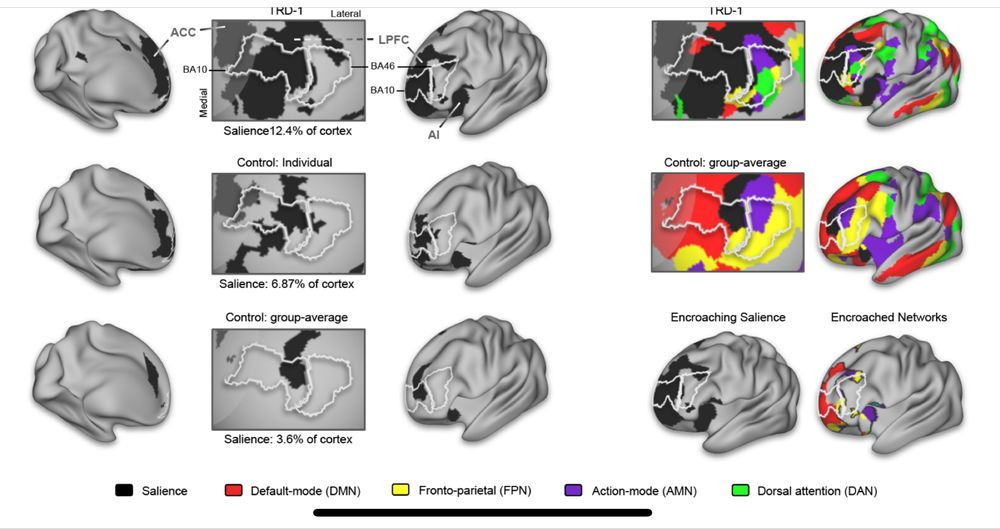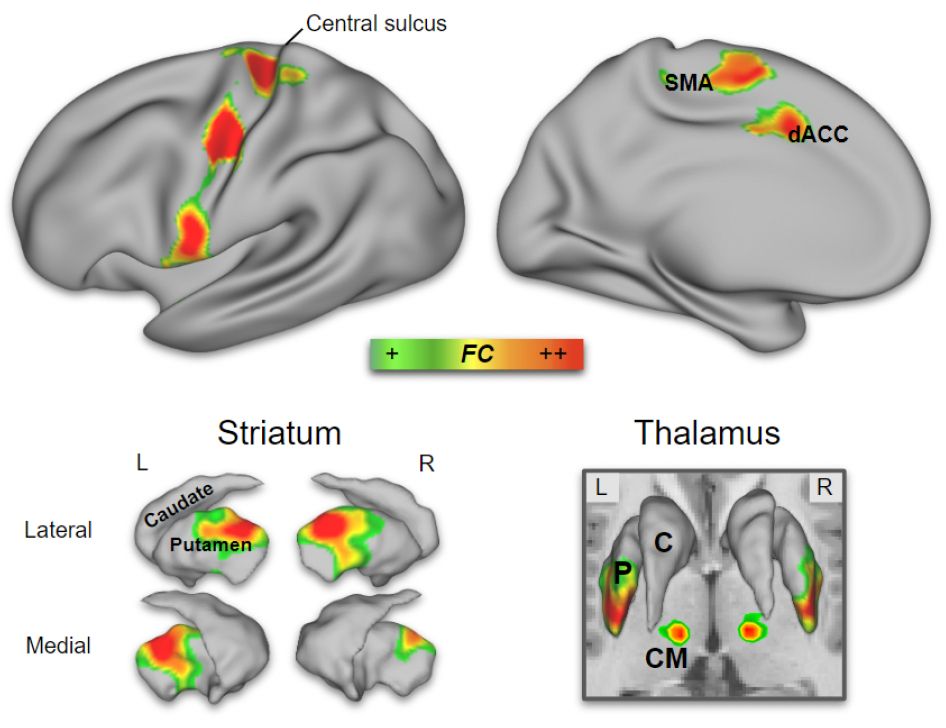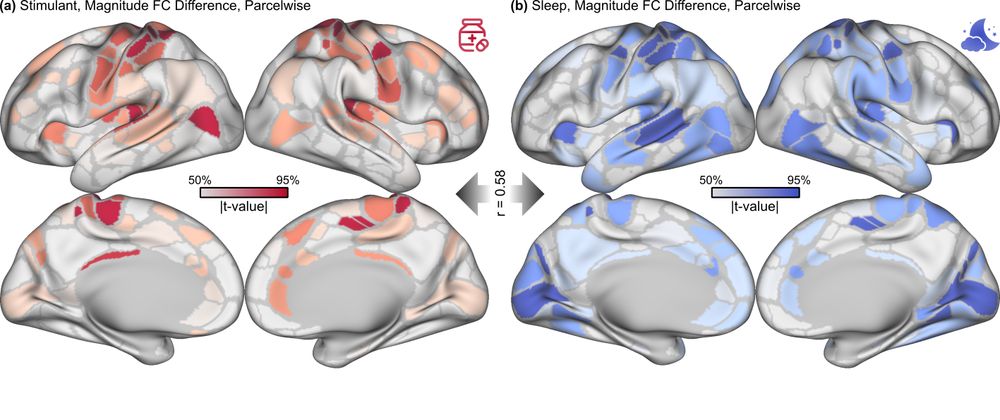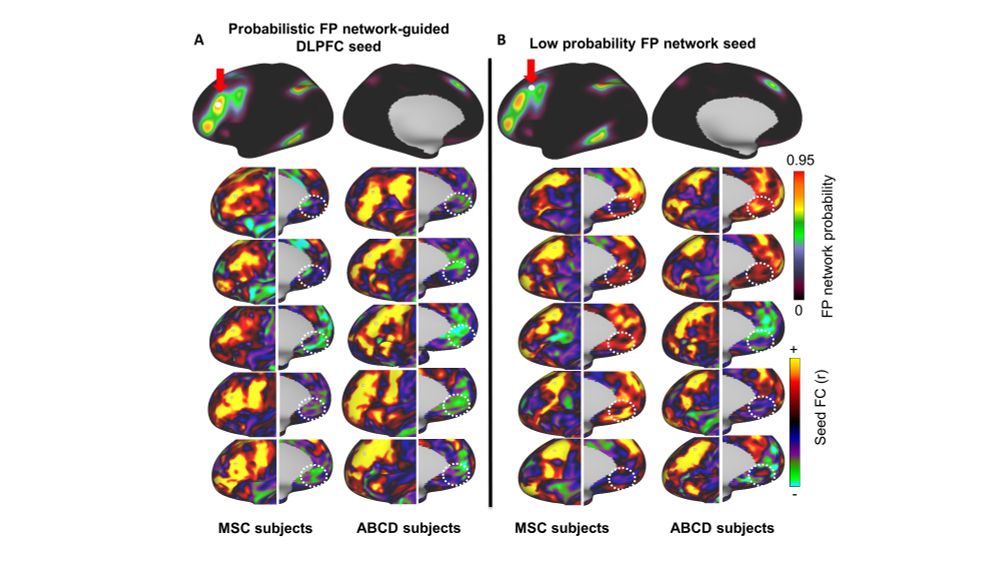Robert Hermosillo
@roberthermosillo.bsky.social
590 followers
54 following
19 posts
Neuroscientist at the University of Minnesota, Masonic Institute for the Developing Brain.
Posts
Media
Videos
Starter Packs
Julia Moser
@drjuliamoser.bsky.social
· Aug 29
Reposted by Robert Hermosillo
Julia Moser
@drjuliamoser.bsky.social
· Aug 29
Reposted by Robert Hermosillo
Reposted by Robert Hermosillo
Reposted by Robert Hermosillo
Reposted by Robert Hermosillo
Reposted by Robert Hermosillo
Reposted by Robert Hermosillo
David Darrow
@drdaviddarrow.bsky.social
· Aug 10














